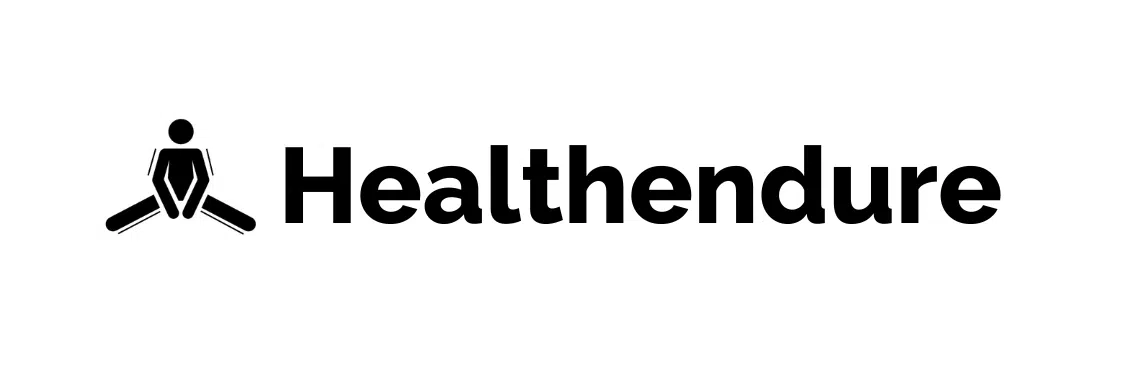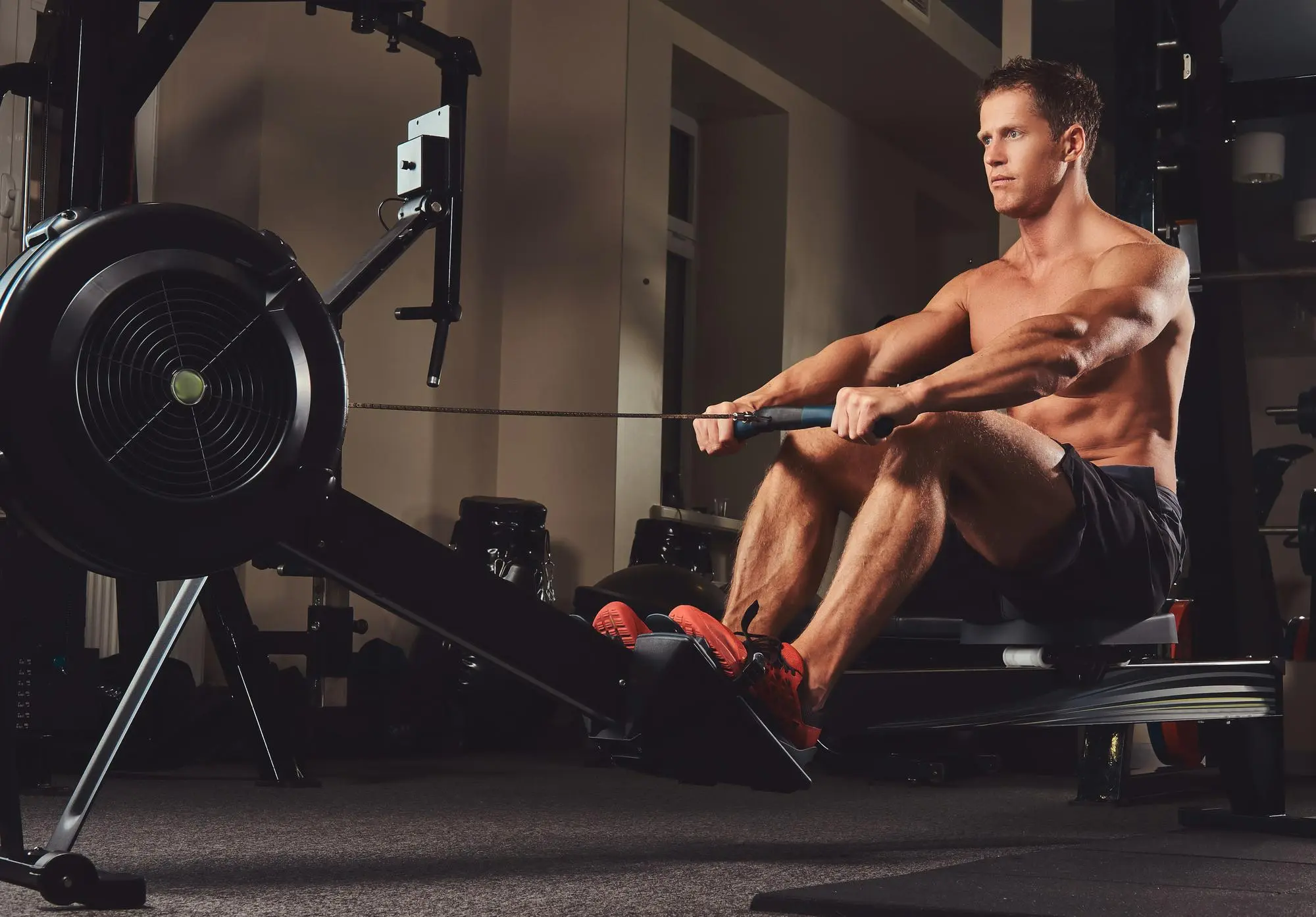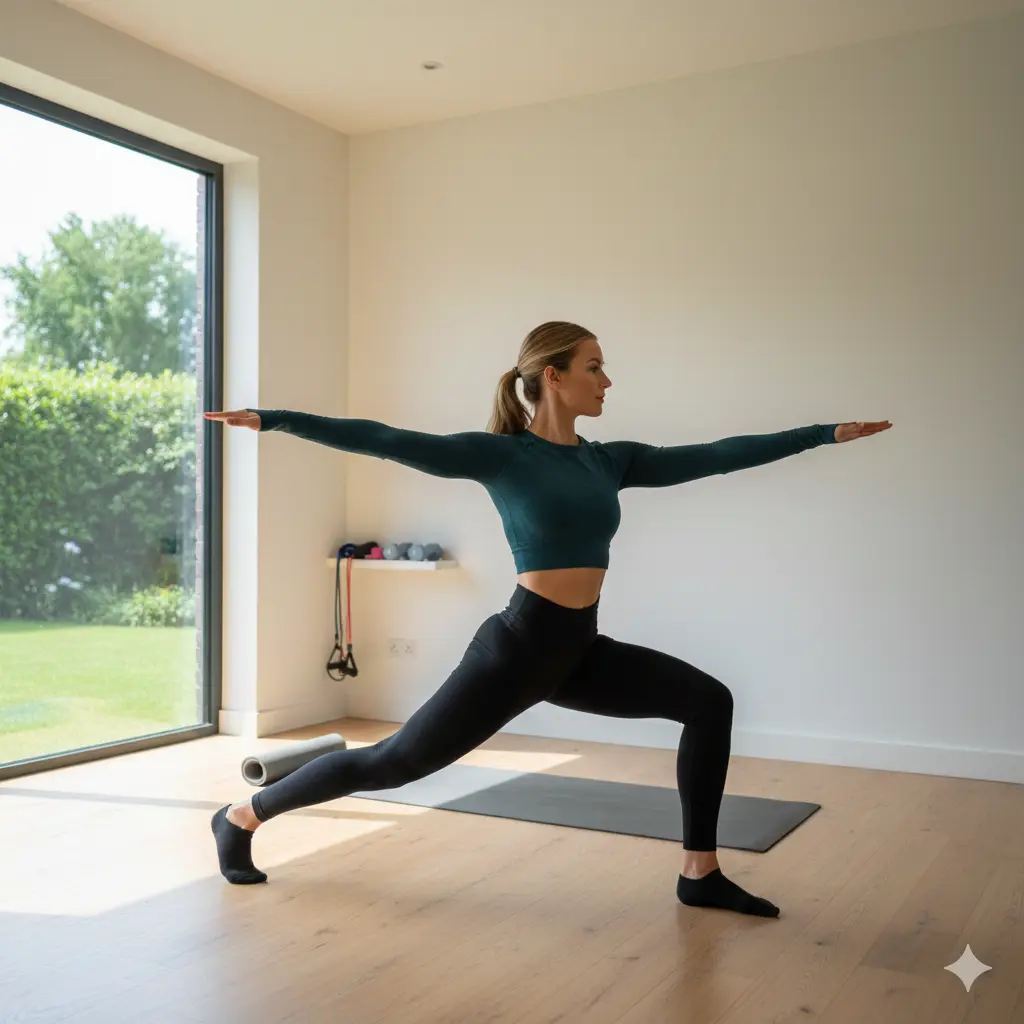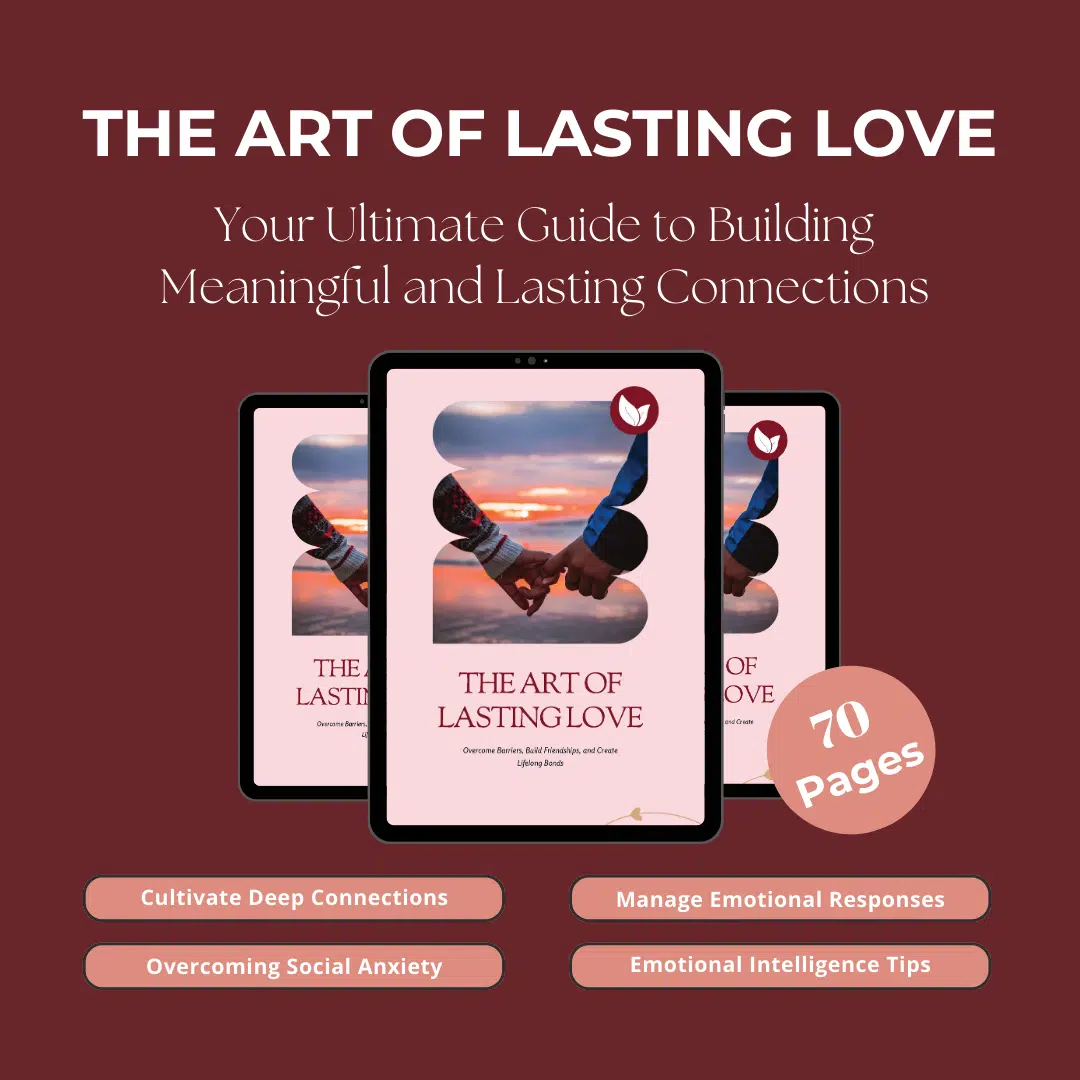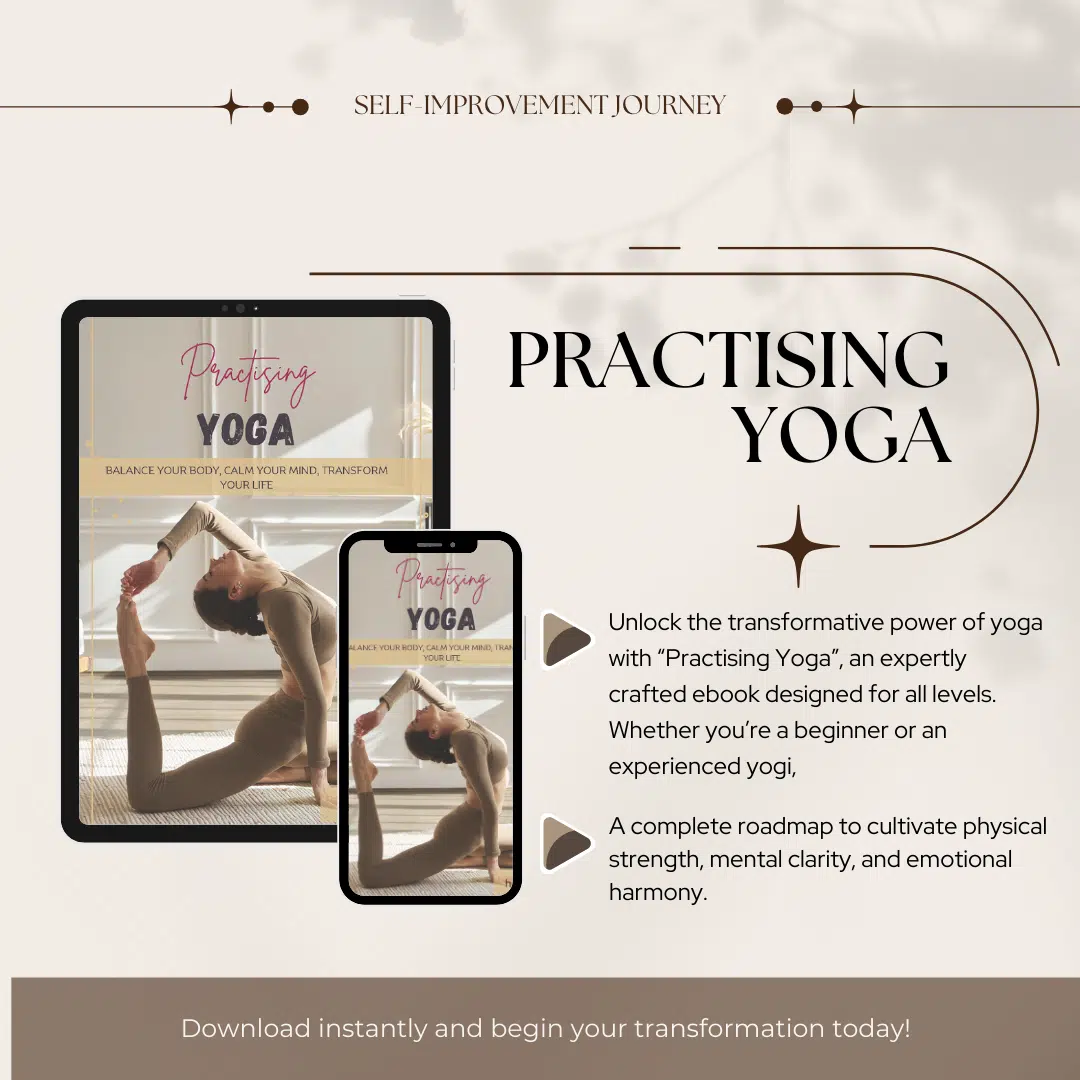What is Rotator Cuff Injury?
A rotator cuff injury is one of the most prevalent injuries affecting the shoulder joint, particularly in individuals engaging in repetitive arm movements. While athletes—especially those in throwing sports like baseball, tennis, or swimming—are highly susceptible, office workers and those involved in manual labor are also at risk due to repetitive motion, awkward postures, or extended periods of shoulder strain.
The rotator cuff consists of four key muscles—supraspinatus, infraspinatus, teres minor, and subscapularis—which work together to stabilize the shoulder and facilitate a full range of shoulder movements. These muscles surround the shoulder joint, holding the head of the upper arm bone (humerus) securely within the shallow socket of the shoulder blade (scapula). The rotator cuff also prevents shoulder dislocations and maintains proper shoulder alignment during activities that involve lifting, reaching, or rotating the arm.
Injury to the rotator cuff can occur due to acute trauma, such as falling on an outstretched hand, or as a result of overuse, often seen in repetitive tasks like lifting weights, working overhead, or improper workout form. Symptoms can range from shoulder pain and stiffness to a significant loss of range of motion and muscle strength in the affected arm.
Know the Basic Precautions
Injuries to the rotator cuff can lead to significant pain and restricted movement. To prevent shoulder injuries and maintain the health of your rotator cuff, consider incorporating specific exercises into your routine. One highly recommended exercise is the side-lying scapular shrug. This exercise targets the entire upper body, including the rotator cuff muscles, promoting overall shoulder stability and strength.
Shoulder presses and lateral raises are also effective exercises to strengthen the rotator cuff and surrounding muscles. Regular stretching—both pre- and post-workout—is crucial for maintaining flexibility and preventing injuries. Incorporating rotator cuff exercises and shoulder mobility routines into your fitness regimen can help keep your shoulders in top condition.
If you experience a rotator cuff strain or tear, don’t worry. There are exercises you can perform to aid recovery without exacerbating the injury. Emphasize rest and rehabilitation in your recovery process. Here are some additional tips for avoiding re-injury and treating rotator cuff strains or tears at home:
- Apply ice to reduce inflammation.
- Use an arm sling to rest the shoulder if necessary.
- Consult a physical therapist for personalized rehabilitation exercises.
Shoulder Tendonitis – A Major Cause of Rotator Cuff Injury
Shoulder tendonitis is a common condition linked to rotator cuff injuries. It occurs when the tendons in the shoulder become inflamed or damaged, often due to repetitive strain or acute injuries.
Symptoms of shoulder tendonitis include:
- Discomfort and tenderness in the affected tendon, worsening with movement
- Swelling in the shoulder area
- A grating sensation as the tendon moves
- A lump on the tendon
- Weakness in the affected shoulder
- Reduced range of motion
Ignoring shoulder tendonitis can lead to further complications, including permanent damage to the rotator cuff tendons. If you experience these symptoms, seek medical advice to explore treatments that can improve your condition and restore mobility and strength.
By integrating these precautions and exercises into your routine, you can effectively manage and prevent rotator cuff injuries, ensuring optimal shoulder health.
Exercises to Avoid With Rotator Cuff Injury
1-Lifts Up Above
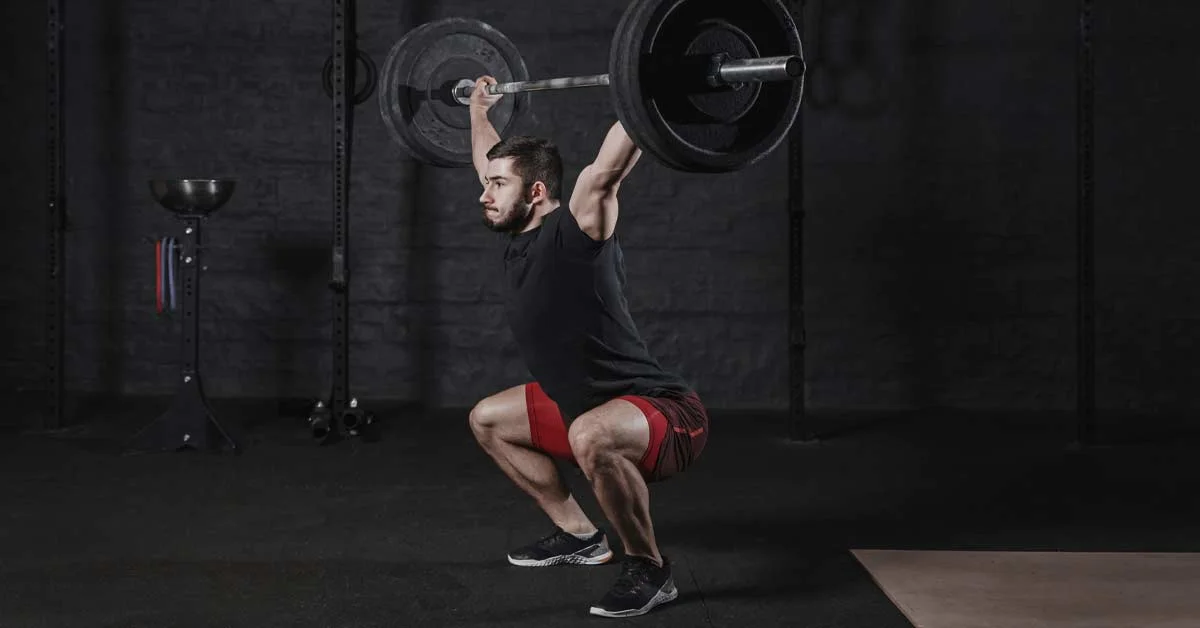
Using a barbell to push weights above your head and finishing with your arms fully stretched over your head is an overhead lift. Your upper back, chest, shoulders, and components are all involved in overhead charges.
When you have a rotator cuff injury, your body may attempt to overcompensate by using other muscles, resulting in wear and tear, strains, or other ailments elsewhere. A broken rotator cuff can make overhead lifts unpleasant and aggravate pre-existing injuries since it supports your overhead movements.
Exercises involving pushing or overhead movements should be avoided at first for those with shoulder issues. Put aside sports like ball tossing and focused weightlifting at the gym like overhead presses and pulldowns. This range of motion could put more strain on the damaged area, leading to increased damage and discomfort.
2-Upright Rows
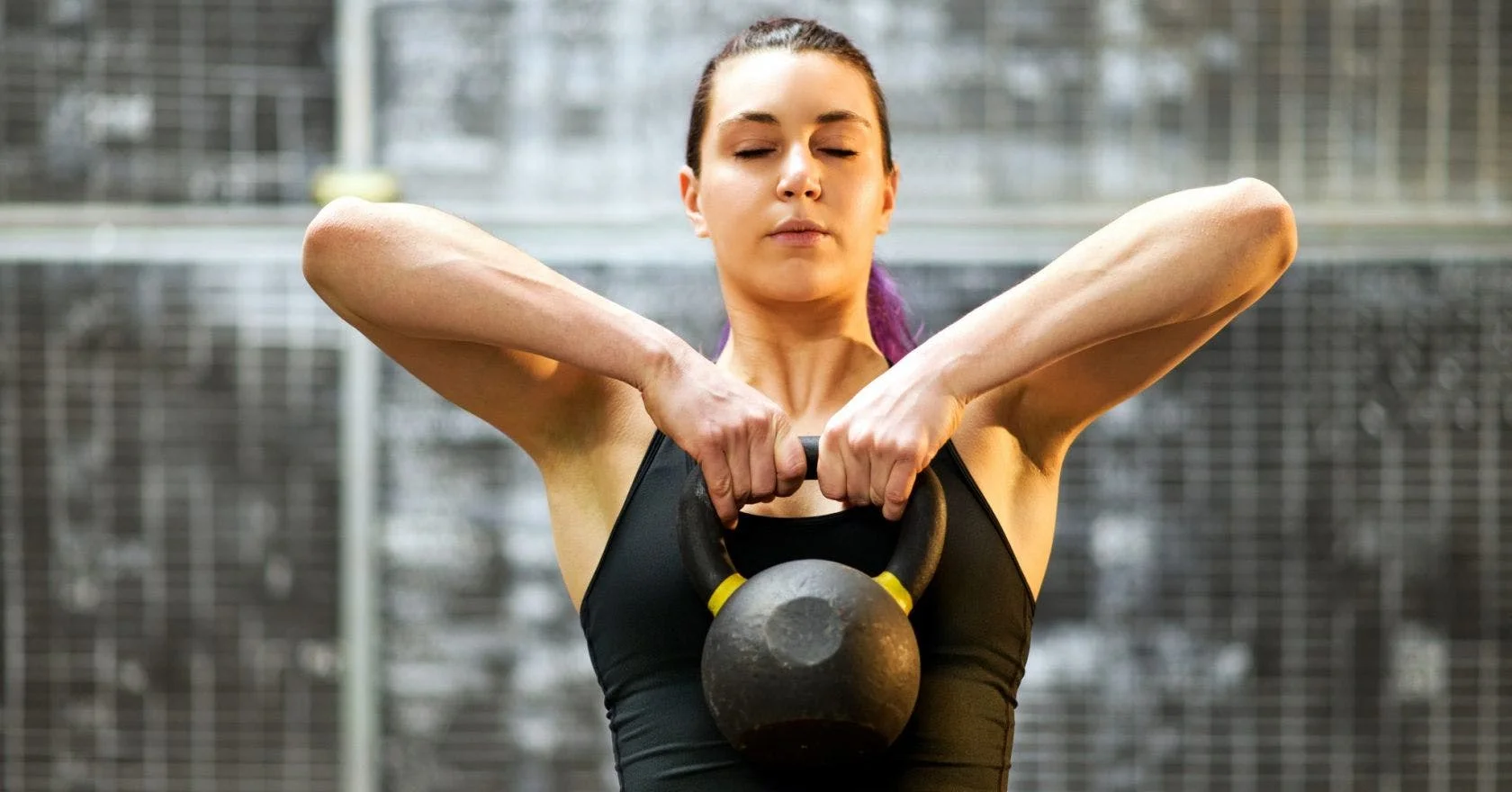
With both hands in front of you holding weights or a barbell, you perform an upright row by bending your elbows, bringing the weight to your chest, and then lowering it back down. Vertical rows include the shoulders and rely on healthy, functional rotator cuffs to be effectively completed.
Your shoulders must be internally rotated to perform upright rows, which could result in a pinched tendon. When executing vertical rows, too much weight can harm your rotator cuff muscles and delay your recovery from an injury.
3-Triceps Dips
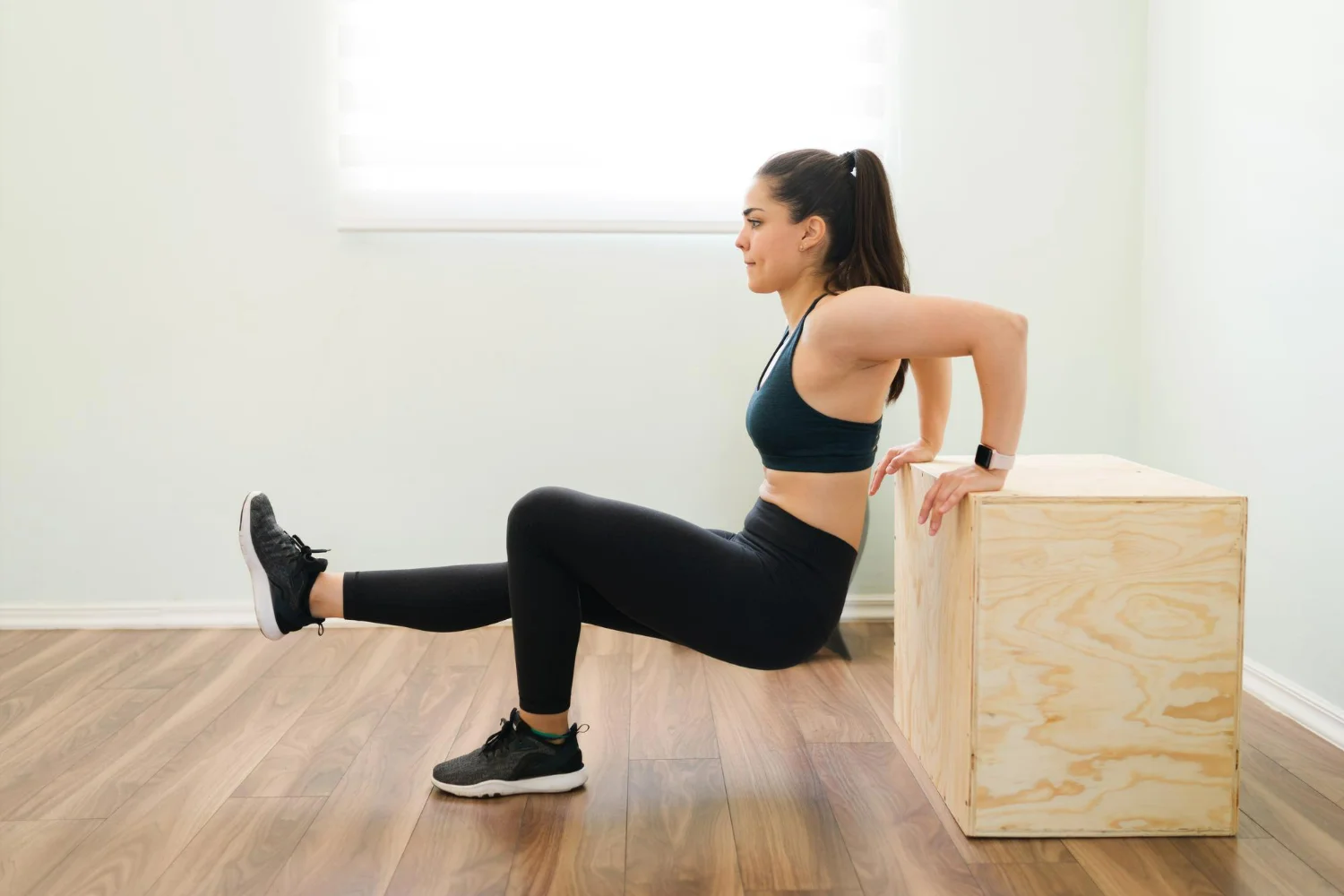
With your arms behind you and your shoulders locked, perform a bench dip by bending your elbows and lowering your body toward the floor. By exerting too much force during an internal rotation, even with good form, you risk further injuring your rotator cuff.
Bench dips can harm your shoulder tissues, reinjure them, or even make them weaker rather than stronger. Bench dips are one of the most typical exercises that can accidentally hurt your shoulder, so you should avoid them while your rotator cuff is healing.
4-Lat Pulldowns Behind the Head
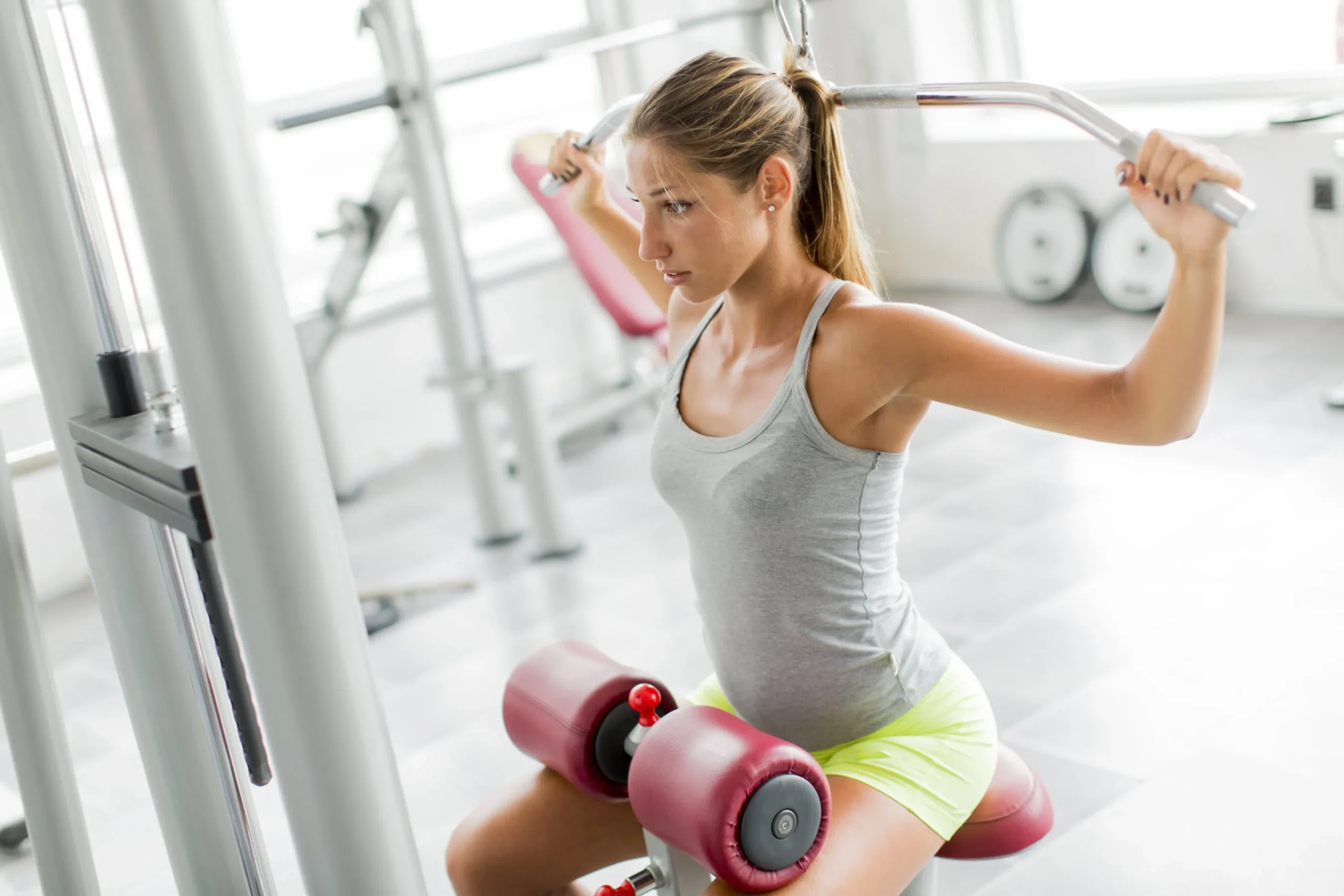
The exercise known as the lat pulldown is very straightforward and effectively works your back and shoulders. But if not done correctly, this pulldown exercise also has the potential to cause strain or damage.
You risk putting too much strain on your shoulder joints if you hold the bar too widely or draw down too far. When completing lat pulldowns, only raise the bar or resistance band until it is level with your chin, and then extend your arms again.
Pulldown exercises should never be performed behind the neck as they might harm the shoulder joint and cause injuries or problems with the spine and neck.
5-Deadlifts
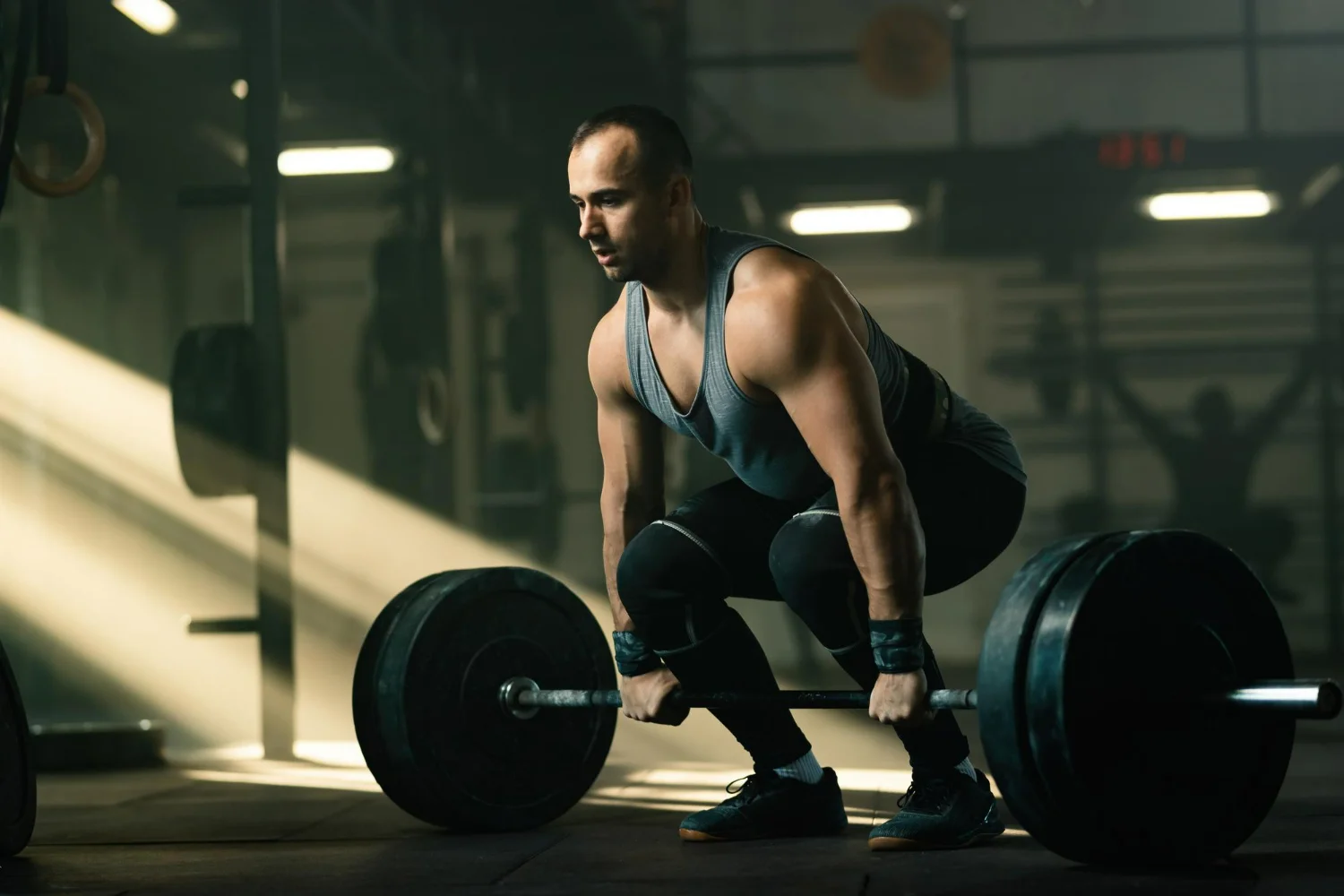
Deadlifting with a rotator cuff injury is not recommended because it can cause more harm than good. When weightlifter tries to lift the barbell, they have to use their arm muscles instead of their back muscles, which puts more pressure on the injured area and worsens it. The best way to avoid a Deadlift with rotator cuff injury is by using an alternative exercise like chin-ups or squats.



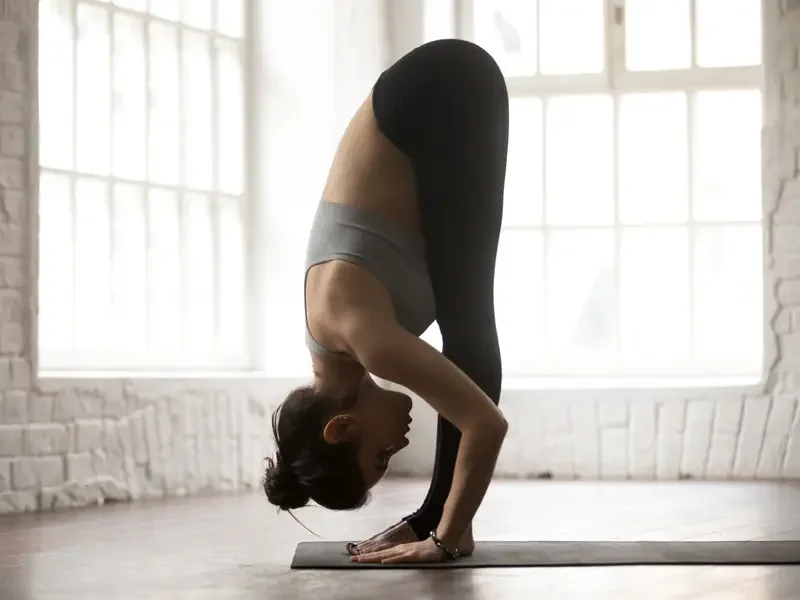
Avoiding certain Yoga poses is the best way to avoid rotator cuff injury. Some Yoga poses can cause rotator cuff injury. These poses include the downward-facing dog, standing forward bend, Plank pose, handstands, and shoulder stand.
7-Throwing Objects
If you regularly throw objects – like a ball, Frisbee, football, or other athletic throws- it’s important to be aware of the risks of Rotator Cuff Injury. This is a condition caused by the rotator cuff muscles, and it can lead to serious complications.
The most common symptoms of Rotator Cuff Injury are pain and limited range of motion. If left untreated, it can lead to nerve damage, tears in the muscle, and even surgery. So, if you’re ever feeling pain in your shoulder, it’s important to get it checked out.
You can do a few things to reduce your risk of Rotator Cuff Injury, including throwing with a ball that is the appropriate size and weight and avoiding throws that involve a high amount of rotation.
Front Raises Front raises involve lifting weights straight in front of you, targeting the front deltoids. This exercise places strain on the shoulder joint, particularly when lifting heavy weights. Performing front raises can exacerbate rotator cuff injuries by increasing the load on the shoulder and causing further irritation. To protect your rotator cuff, opt for shoulder-friendly exercises such as side-lying external rotations or scapular retractions instead.
Bench Press The bench press involves pushing a barbell away from your chest, which engages the shoulder muscles intensively. When performed incorrectly or with excessive weight, it can lead to shoulder impingement and worsen rotator cuff injuries. Instead of bench presses, consider chest presses with dumbbells or push-ups on an incline to minimize shoulder strain while still working the chest.
Arnold Press The Arnold press is a variation of the overhead press where you rotate your arms as you lift. This rotation increases the demand on the shoulder joint and can aggravate rotator cuff issues. To avoid further injury, replace Arnold presses with seated dumbbell presses or neutral grip shoulder presses, which are less likely to strain the rotator cuff.
Barbell Rows Barbell rows involve pulling a barbell towards your torso, engaging the back and shoulders. This exercise can put undue stress on the rotator cuff, especially if performed with improper form or excessive weight. Instead, try seated cable rows or TRX rows, which allow for more controlled movements and reduced shoulder strain.
Kettlebell Swings Kettlebell swings require explosive hip movements and involve swinging the kettlebell in front of you. This can put significant stress on the shoulders, potentially aggravating a rotator cuff injury. Opt for deadlifts or hip thrusts to work the posterior chain without compromising shoulder health.
Push Press The push press involves driving a barbell overhead using the legs and arms. The explosive nature of this exercise can place excessive strain on the rotator cuff, especially if the movement is performed with improper technique. Alternatives like dumbbell shoulder presses or landmine presses offer safer options for shoulder health.
Dumbbell Flyes Dumbbell flyes involve extending the arms to the sides while lying on a bench. This exercise can place undue stress on the shoulder joints and rotator cuff. To reduce risk, consider cable flyes or pec deck machine exercises, which provide better shoulder support and control.
Wrapping up
In short, dealing with a rotator cuff injury can be tough, affecting your everyday life and what you can do. The rotator cuff muscles are important for keeping your shoulder stable and helping you move your arm around. They’re like a team with other muscles near your elbow and back (like the latissimus dorsi).
If you get a really bad injury, like a full-thickness tear, getting help fast and doing many different things to get better is crucial. Knowing how these muscles work and taking steps to keep them strong and flexible is key to preventing injuries and managing them well. So, let’s promise to look after our shoulders, keeping them healthy and strong for smooth and agile movements.
